Sapa Or Ha Giang For 2 Days
When it comes to choosing their destination in northern Vietnam, travelers are often faced with a difficult choice between Sapa and Ha Giang. Both regions boast breathtaking nature and exciting attractions. So what is better, Sapa or Ha Giang? To help you make the best choice, let us walk you through the highlights of each destination through this article. We’ll go through some smaller questions, like what Sapa has to offer, what Ha Giang has to offer, what you can do in Sapa and Ha Giang, as well as give you our own opinion on the topic! You can then make your own decision with full awareness. So without further ado, let’s jump right in!
Is Sapa Vietnam worth visiting?
Nestled at 1600 meters above sea level, the weather in Sapa is cool and nice throughout the year but can be pretty cold in the winter. In the early 20th century, The French, seeking relaxation after their long journey from France to Vietnam or after significant battles, chose Sapa as their destination. Sapa has been renowned ever since then and you can still see some traces of French colonialism here and there in the architecture.
From a rural mountainous area, Sapa was transformed into a developed tourist town with Fansipan mountain peak - The roof of Indochina, The Stone Church, Cat Cat village, O Quy Ho pass, and many other attractive tourist destinations. And when we say developed, everything’s covered from A to Z: plenty of things to do, places to visit, restaurants, bars, clubs, services, etc. Transportation is surprisingly easy for a mountainous region, and reaching Sapa from Hanoi has never been easier as there is now the Hanoi - Lao Cai highway, reducing travel time to just 5 hours.
When it comes to the Northern mountainous regions in Vietnam, especially Sapa, majestic mountains, golden terraced rice fields and friendly ethnic minorities are the first things that come to mind. Sapa still boasts crazy beautiful landscapes, however, it has unfortunately lost some of its charm due to the influx of tourists each year, especially since the recent opening of the highway. The magnificence of the terraced rice fields and the smiles of the ethnic groups inhabiting the valley have had to give way to concrete and the crowds of tourists that flock there.
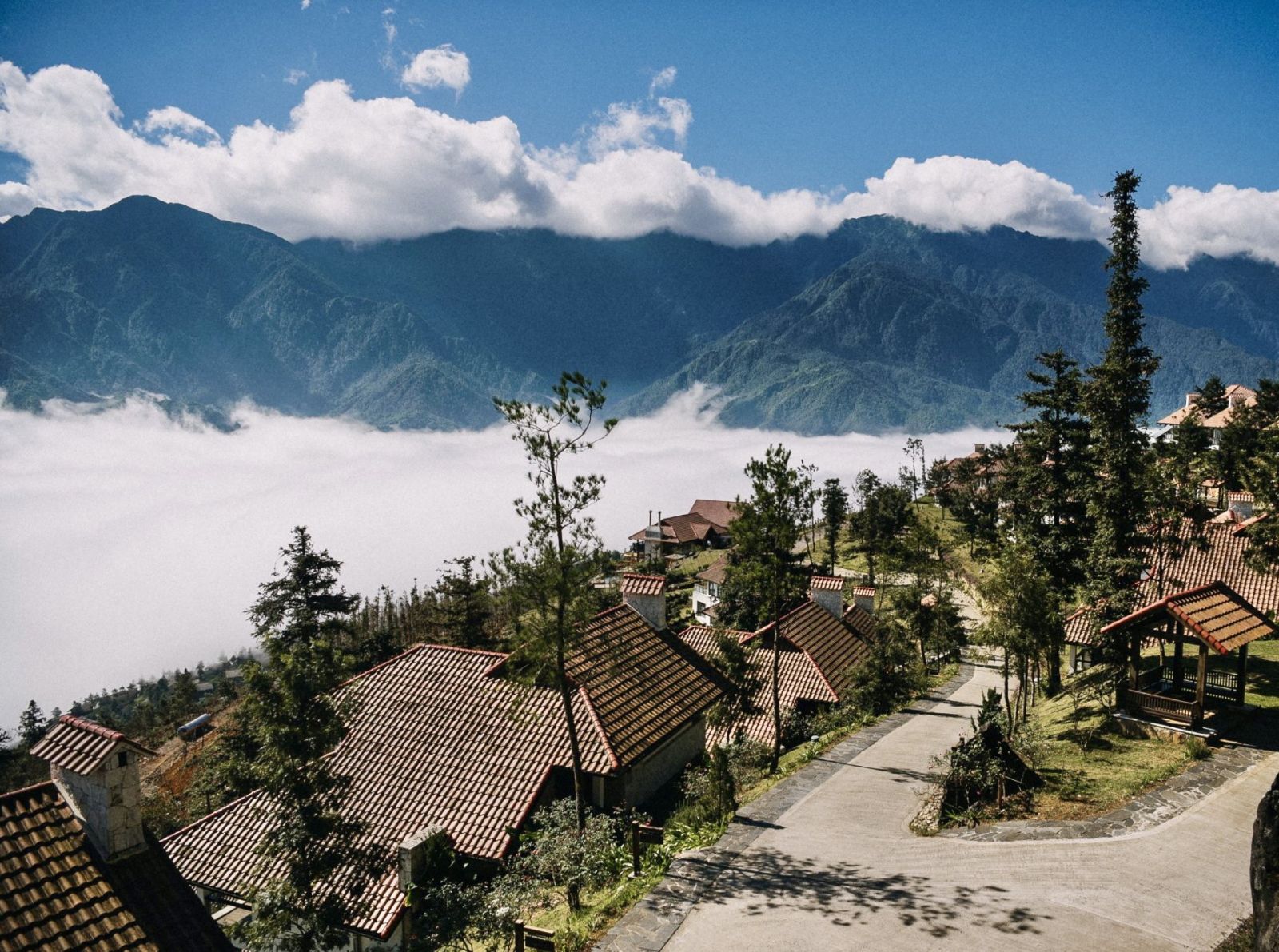
Is it worth going to Ha Giang?
Ha Giang is the northernmost point of Vietnam, sharing its border with China. Described by many travel enthusiasts as the second Sapa, or the Sapa of 15 years ago, Ha Giang has only recently become accessible to tourism, allowing it to retain its cultural identity and authentic charm as a mountainous province. Its selling points lie in its magnificent landscapes, the presence of various ethnic groups, and precious monuments and relics such as the house of the Hmong King and the flag tower of Lung Cu. The vibrant weekly markets also add to its pristine beauty.
Due to its particular geographical location, Ha Giang experiences two distinct seasons: the dry season from November to April and the rainy season from May to October. Getting around in Ha Giang is rather challenging because of the mountain passes and the road conditions, which means it also takes longer to get there from Hanoi, (about 7-8 hours). Still, Ha Giang has recently become a cool destination among adventurers for its pristine nature, majestic mountains and winding, adrenaline-inducing passes. Who wouldn’t enjoy a discrete destination far from the hustle and bustle of the cities? If you want to fully enjoy the majestic and peaceful beauty of this area, 3 days would be sufficient.
However, don’t expect much entertainment in Ha Giang. There isn’t that much to do in Ha Giang, people come here more to marvel at and immerse themselves in nature. But you can find everything in Ha Giang at an affordable price.
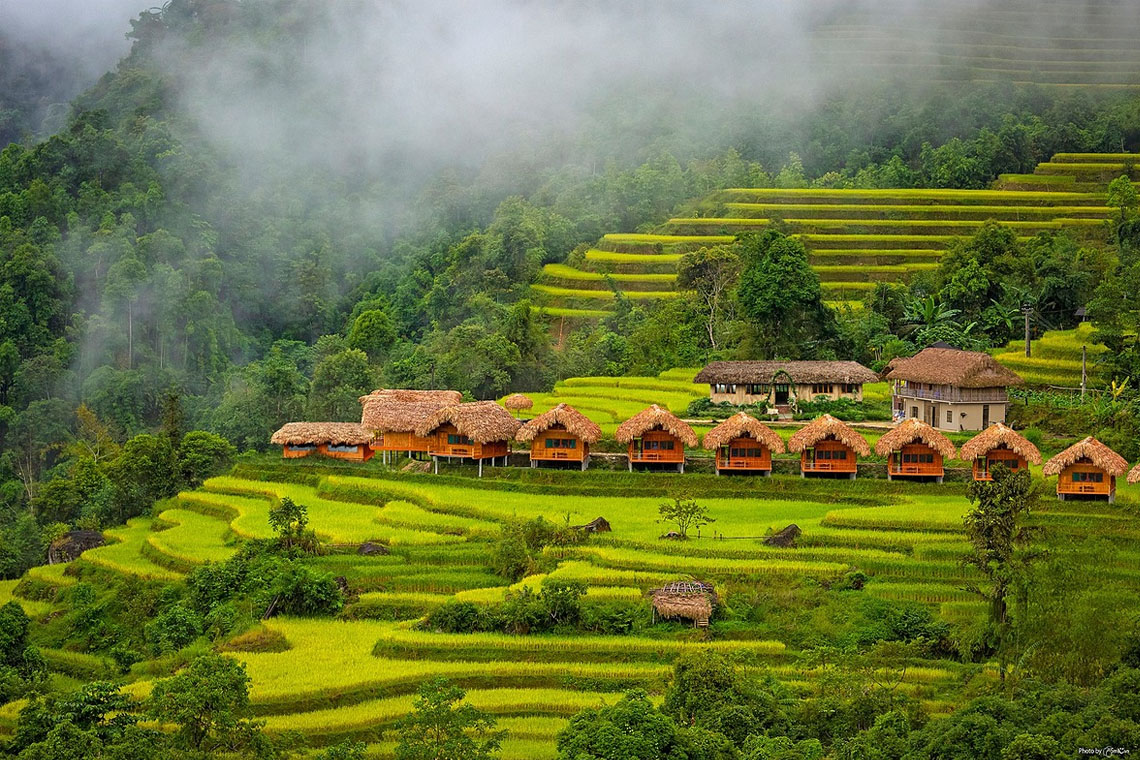
Sapa or Ha Giang for 2 days?
Now that you have a general idea of Sapa and Ha Giang, here are 2 different itineraries to further compare so you don’t have to go see for yourself (you’re welcome!).
Ha Giang Loop 2 day itinerary
You can go from Hanoi to Ha Giang or Sapa by taking a night bus. You will be arriving at the destinations in the morning, so you will have two full days for all activities.
Day 1: Ha Giang - Dong Van
Depart for Dong Van after breakfast via the districts of Quan Ba and Yen Minh. Visit Bac Sum Slope, the Quan Ba Heaven’s Gate, the Twin Mountains, and the ancient Trang Kim Town in Quan Ba District. There is also a local market that takes place every Thursday if you happen to be there that day!
From Quan Ba, you have to get through many passes and steep slopes to go to the district of Yen Minh. But it’s gonna be all worth it when you get to see the landscape with your own eyes. You’re going to want to make multiple stops along the way to take photos, you can even stop by Yen Minh Forest if time allows. From Yen Minh to Dong Van, you can stop by Pho Bang, a slept-on town with ancient houses. Visit the Hmong King’s Palace, upon reaching Dong Van, spend the night at Dong Van Ancient Town.
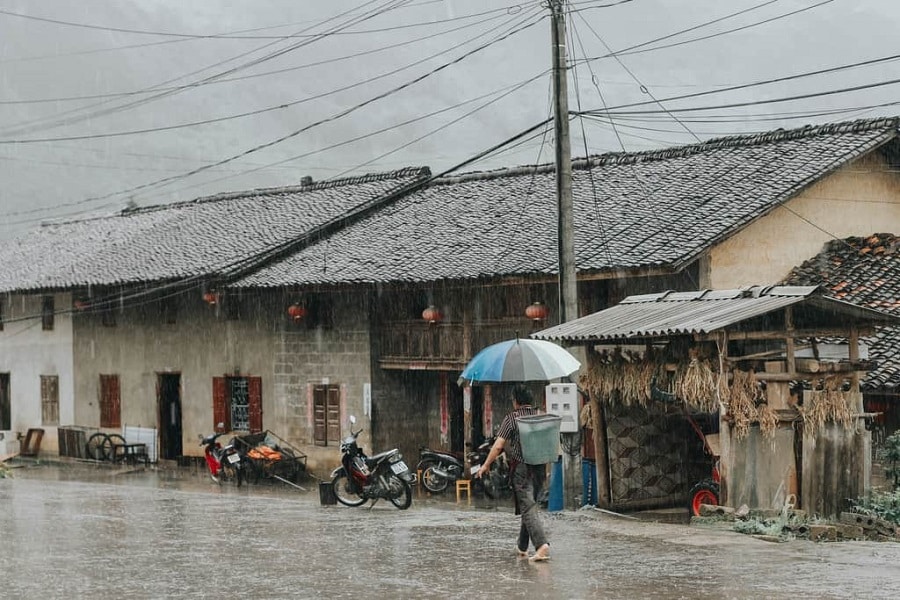
Pho Bang Town, Ha Giang
Day 2: Dong Van - Meo Vac - Ha Giang
Weekly markets are something you should not miss out on if you’re ever in Ha Giang. It is better to visit the market at 7 AM or 7:30 AM when it's the busiest. You’ll find local specialties, clothes, souvenirs, anything you can think of, and you’ll get a glimpse into the lives of the ethnic minorities. For breakfast at the market, there are plenty of choices, you can try buckwheat cake or a comforting bowl of Au Tau Porridge, which can be found nowhere else in Vietnam.
After that, get on the road and head back to Ha Giang city via Meo Vac. You’ll go through Ma Pi Leng Pass, one of the most impressive and challenging mountain passes in Vietnam, the Happiness Road, following the Gam River.
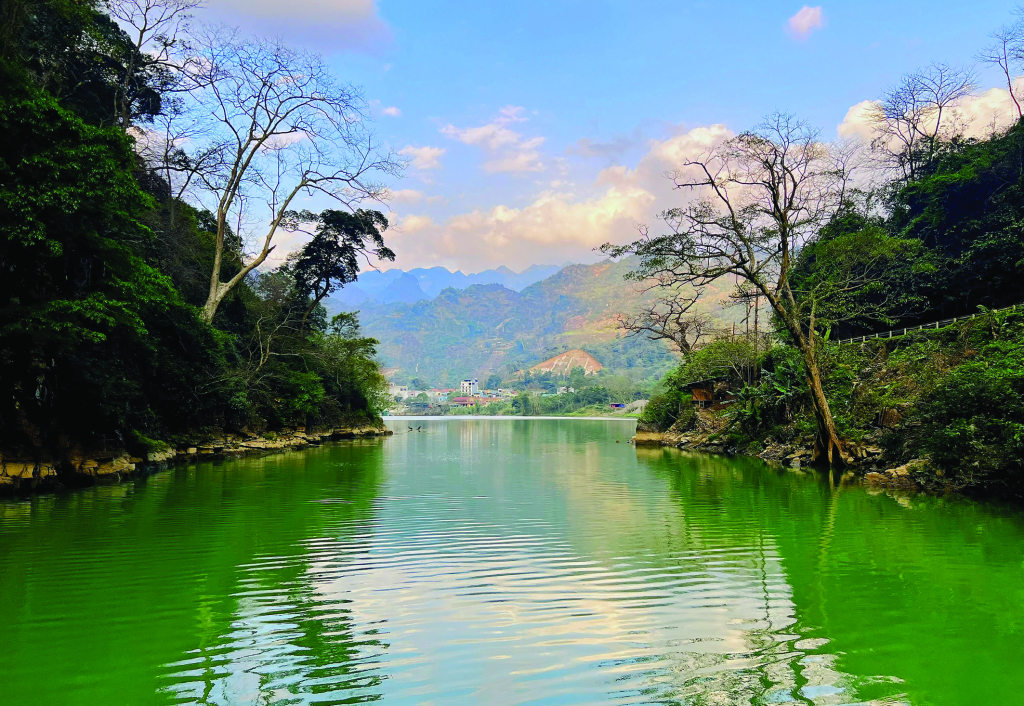
Sapa in 2 days
Day 1: Fansipan, waterfalls, and mountain passes!
Nowadays, you don’t need to spend 2 to 4 days to be able to conquer Fansipan Peak anymore. It only takes 15 minutes by cable car from Muong Hoa Station to Fansipan Cable Station.
Instead of making your way to Muong Hoa Station by taxi or motorbike, you can start from Sun Plaza (Sapa Town Center) and take the train. A round trip costs 200.000 VND for adults and 150.000 VND for children under 1 meter tall. A round-trip cable car ticket costs 700.000 VND.
After a half-day on Mount Fansipan, enjoy your cable ride back to visit other sites of Sapa such as Love Waterfall (Tinh Yeu Waterfall), and the Gold Spring (Vang Spring). Love Waterfall is 14km away from Sapa, at the foot of a bamboo forest.
Next, go through the O Quy Ho Pass to reach Silver Waterfall (we know, it’s kind of confusing but bear with us) with a height of 200m. This fall is located 15km from Sapa, about a 30-minute drive, following the national route 4D leading to Lai Chau, Dien Bien. The Silver Waterfall is located in San Xa Ho, Sapa District, Lao Cai Province.
Then, make your way to Heaven’s Gate near the O Quy Ho pass by following the national 4D to Tram Ton. The Heaven’s Gate of Sapa offers you the best panorama of the entire Sapa region, the perfect spot to admire the sunset. Head back to your hotel and continue by visiting the ethnic villages the next day.
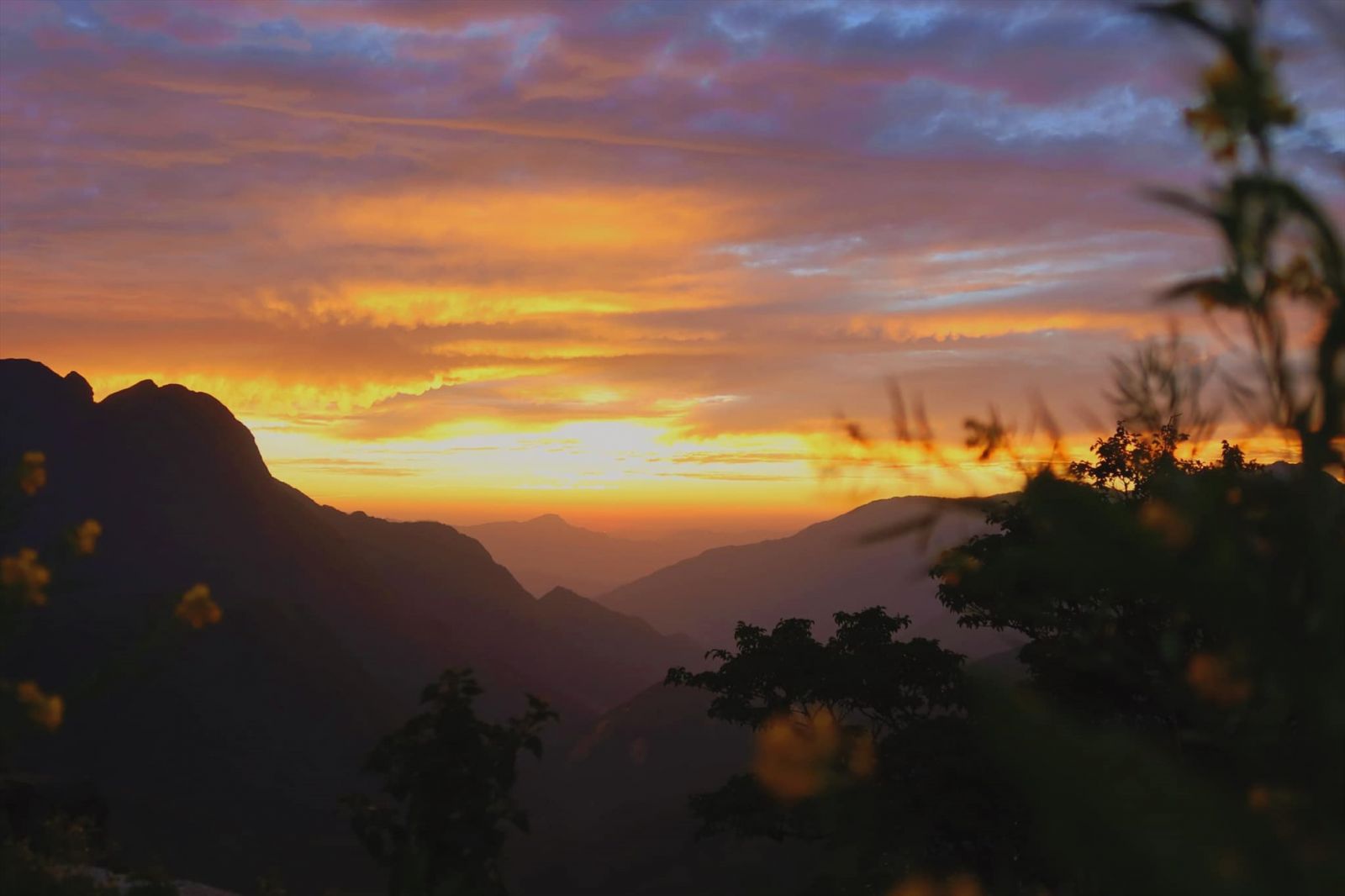
O Quy Ho Pass at dusk
Day 2: Ethnic Villages in Sapa
On the second day, you can choose two or three villages in Sapa and meet villagers of the Dao ethnic group or the Hmong ethnic group who are living in Sapa. An amazing way to explore these villages is by trekking!
Begin your trek to Lao Chai Village, a Black Hmong ethnic village. Enjoy the scenic landscapes along the way! Then, head for Ta Van Village, a Giay ethnic village known for its terraced rice fields.
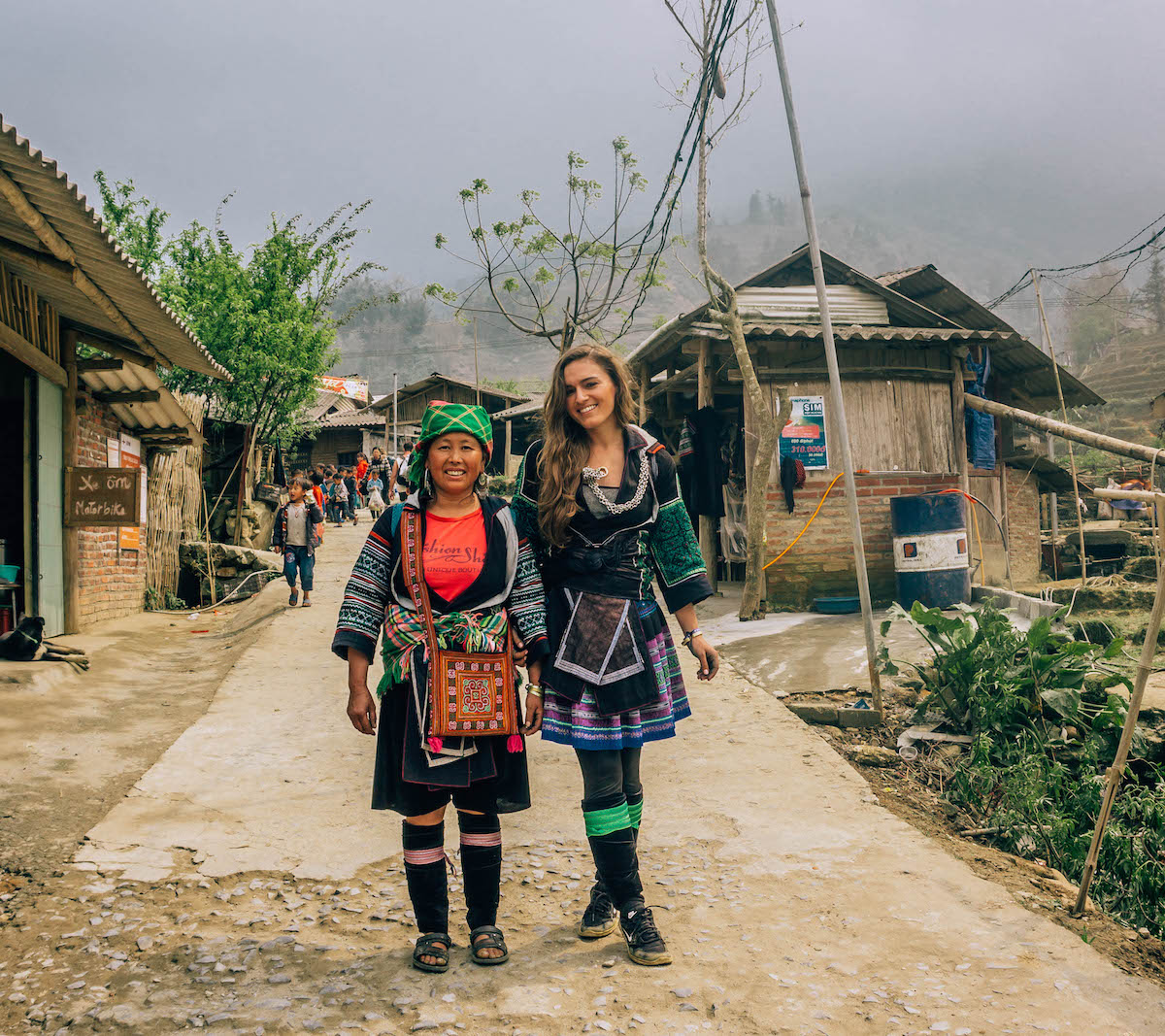
What is better Sapa or Ha Giang?
The choice between Sapa and Ha Giang depends on your preferences and interests. Both destinations offer unique experiences, stunning landscapes, and opportunities to explore ethnic cultures, but there are some things to consider:
In terms of accessibility, Sapa is more accessible from Hanoi, making it a better choice for shorter trips. The journey to Sapa is relatively shorter compared to Ha Giang. Sapa has well-developed infrastructure, including hotels, restaurants, and tour services, but having been a popular destination for a longer time, Sapa can be a bit crowded and touristy. You might even run into people trying to get you to buy stuff from them.
Ha Giang, is more remote and less developed in terms of tourism infrastructure, offering a more off-the-beaten-path experience. It's a good choice if you prefer a less touristy atmosphere. However, it’s way less developed here so don’t expect 5-star hotels or restaurants. The roads in Ha Giang can be challenging, especially the mountainous routes and passes. This might appeal to adventure seekers but may be a consideration for those who prefer more comfortable travel.
Verdict
It depends on how long you’re going and what you’re preferences are. If you’re traveling with your family or you prefer comfort, Sapa is the better choice! A 2-day itinerary to Sapa would be more suitable as well because the ride alone to Ha Giang takes so long! But if you’re an adventurer and you want an off-the-beaten-track trip then you should totally go for Ha Giang! Ha Giang is without a doubt the better version of Sapa. Everything Sapa has to offer Ha Giang has, only more remote, but that means you get to be closer to nature! We would recommend spending more than 2 days in Ha Giang (because you actually spend more time on the road than you think), just so the schedule isn’t too crammed, and you get to experience more!
In summary, if you prefer a more accessible destination with well-established tourism infrastructure, Sapa might be a better choice. If you seek a more adventurous, off-the-beaten-path experience with stunning landscapes and diverse ethnic cultures, Ha Giang is the one for you!
=> Ha Giang Loop: Epic 4-Day Itinerary




.jpg)


